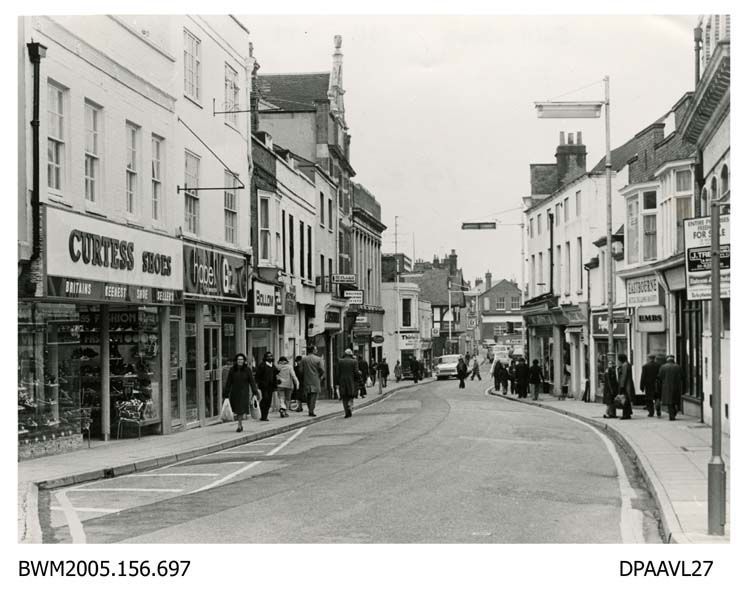
Following the golden age of shopping in the Edwardian era, it took around another 50 years for Britain to become affluent again and for a second wave of shopping for leisure to begin. Changes in society, jobs, leisure time, the rise of the teenager and the baby boom in the '60s all led to changes in the way we shop. In the 1960s, the era of mass production and the start of disposable culture took off. This created the need for more shops than ever before, with the first purpose-built, out-of-town, American-style shopping centre, Brent Cross, opening a decade later in the '70s.

The Resale Prices Act of 1964 opened the way for stores to buy in volume and slash prices: in so doing the sale price wars began. Through this, the customer gained more choice and discounts, but personal customer service was gone, leading the way to more self-service systems. Pricing wars led to prices becoming so competitive that many smaller stores went out of business as supermarkets and chain stores started to spread more widely. This competition between local, independent shops and large, mainstream chains continues to this day, with shoppers deliberating between price and brand or supporting local business and traditional craft.

In recent decades, new technologies and advances in materials and production have led to new stores opening, selling new and exciting products, resulting in quick builds to house these new shops and showrooms for larger, specialist goods. Whilst new technologies originally added to the growth of the in-store shopping experience, in recent years it has very much been a steady factor in the decline of high street shops, with internet shopping becoming the new norm for many items. The rise in mail order catalogues, TV channel ordering and internet shopping has added another dimension to the world of competitive pricing, but also created a new outlet for independent retailers and designers. During the COVID-19 pandemic, internet shopping is providing a life-line for many people, with those shielding from the virus being able to order essentials and have them delivered directly to their door.
It takes decades for shopping trends to change and for shops to spool from ironmongers, to sweet shop, to record shop, to mobile phone shop, to a vacant shop with trade moving online. Despite these changes, glimpses of the history of our high street can sometimes be found if we look closely - with brand names etched in bricks and stonework, or mosaic trade names in entrance ways all offering clues to the building's past...
If you have enjoyed Culture on Call and you are able to make a donation, please click the link below. Any support you can give will help us keep communities connected to culture in these difficult times.





